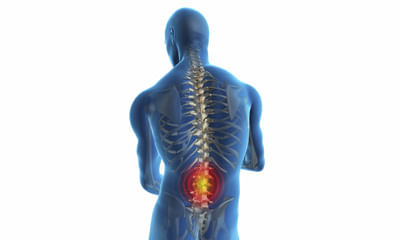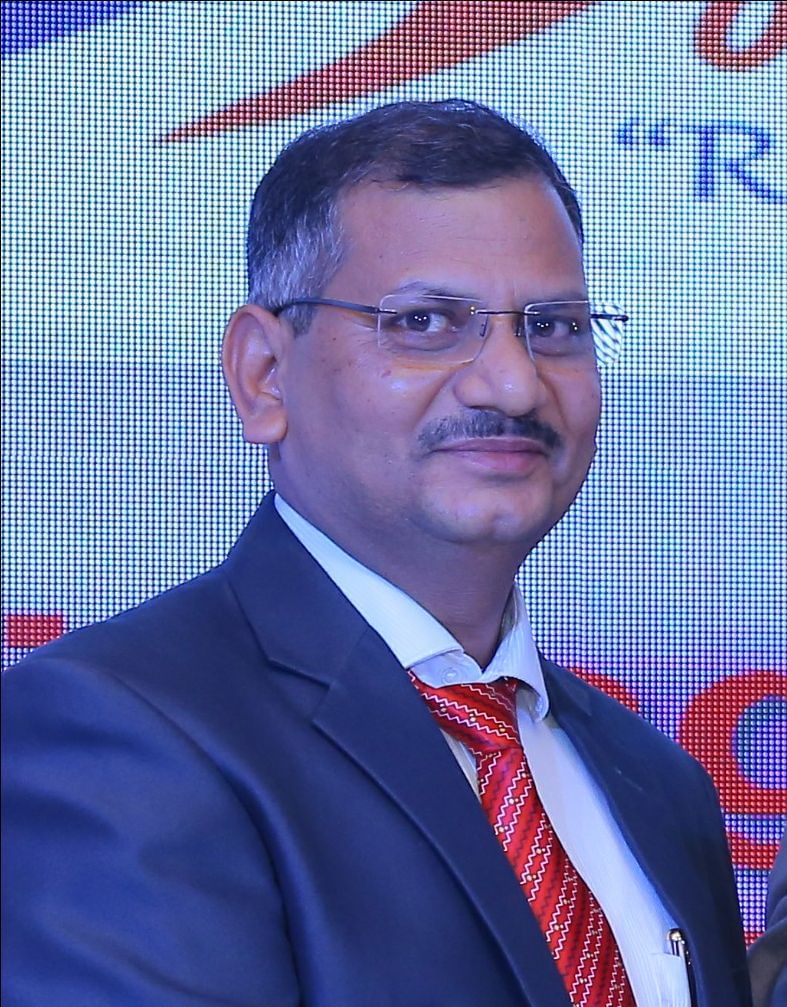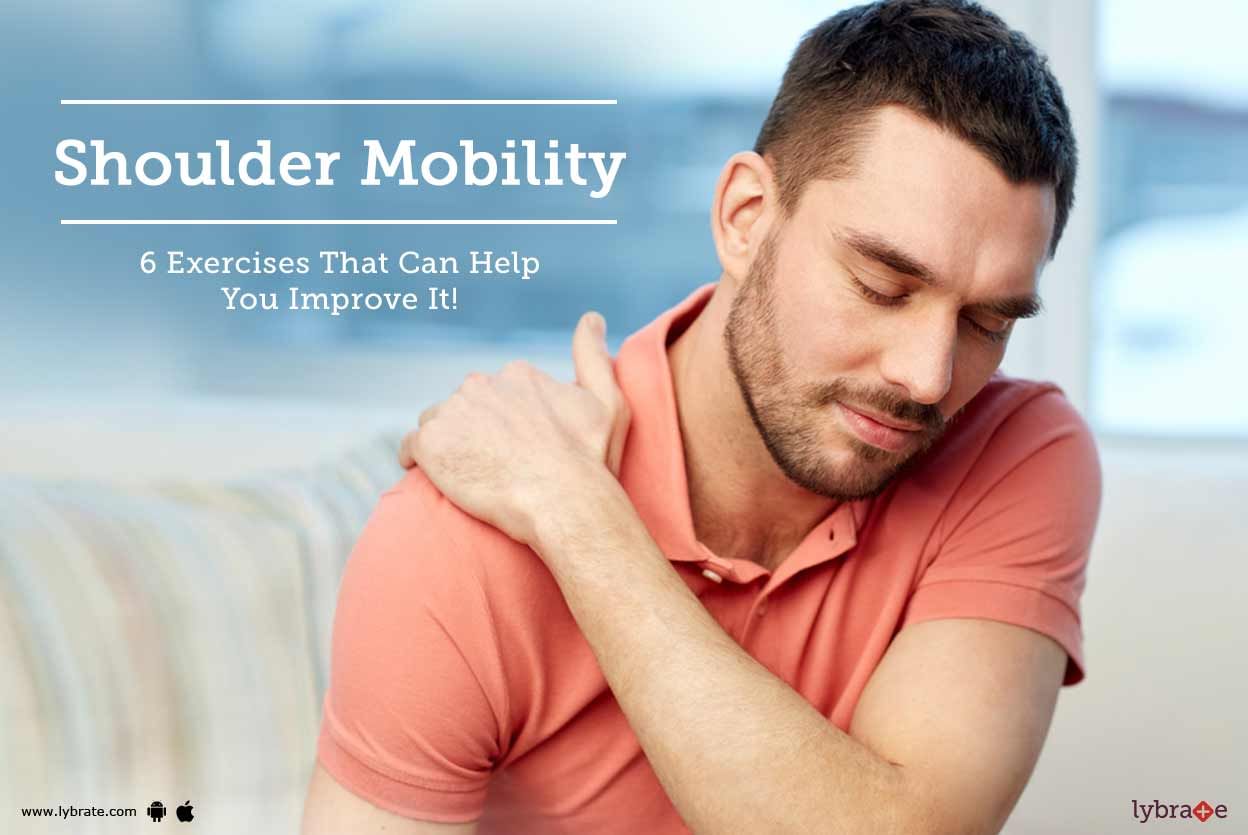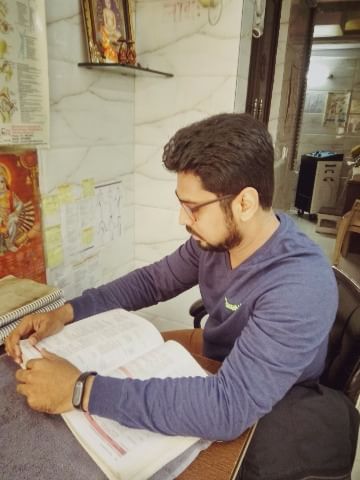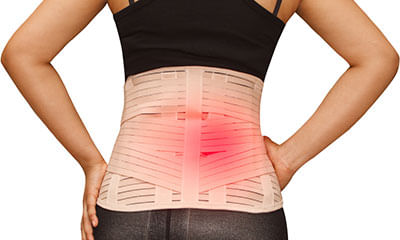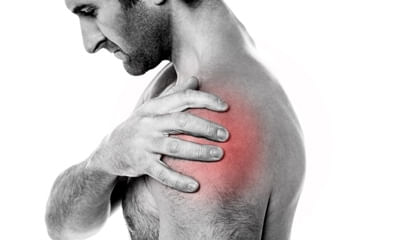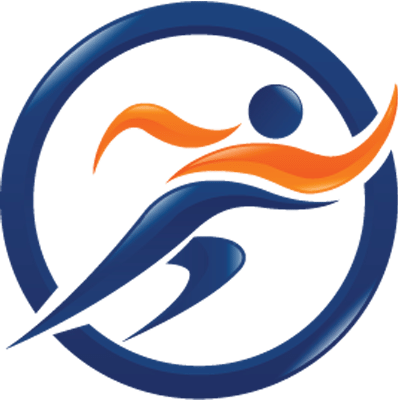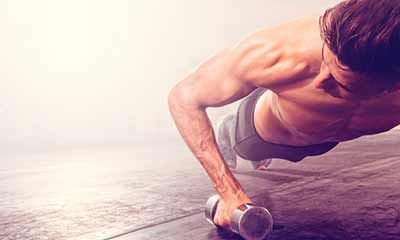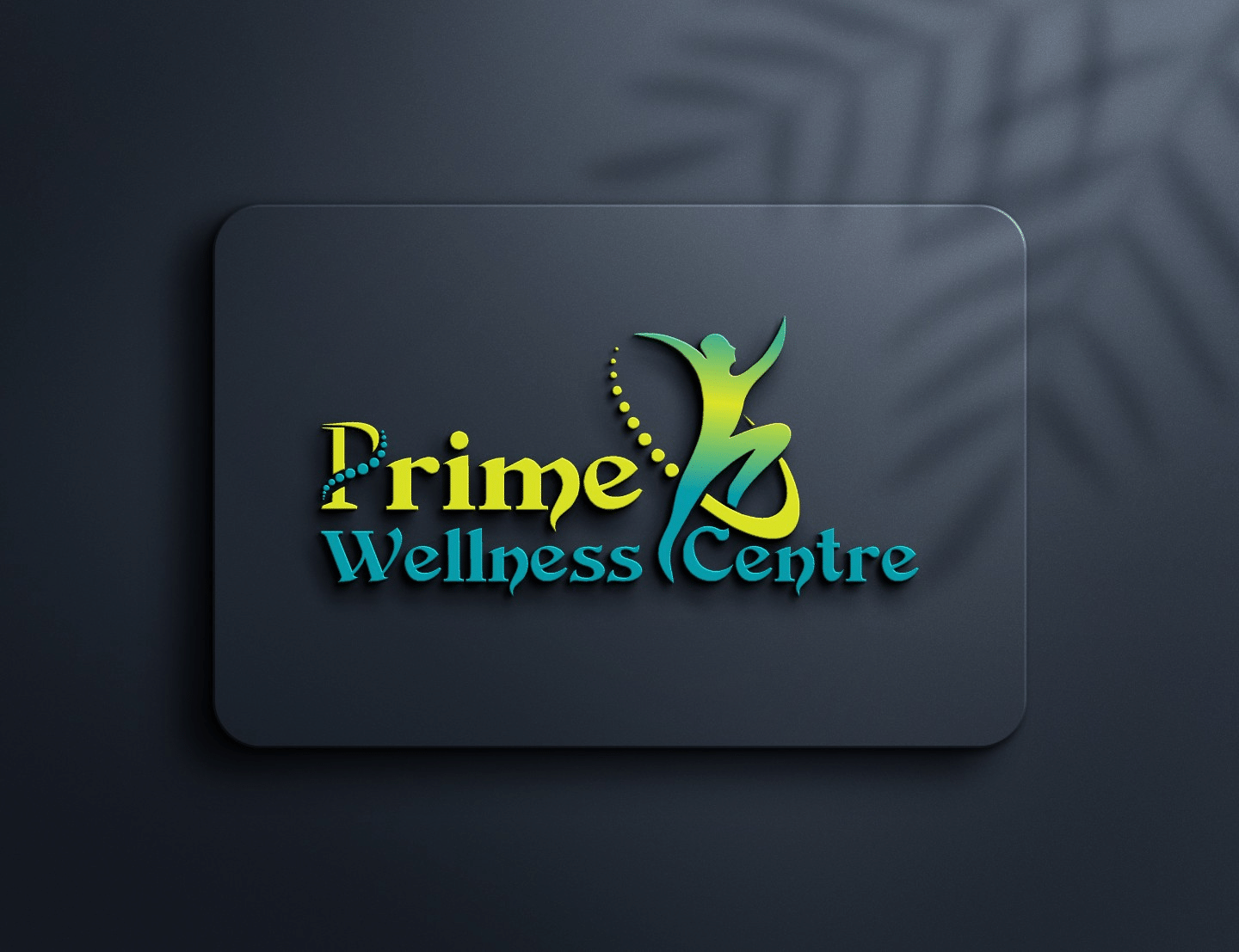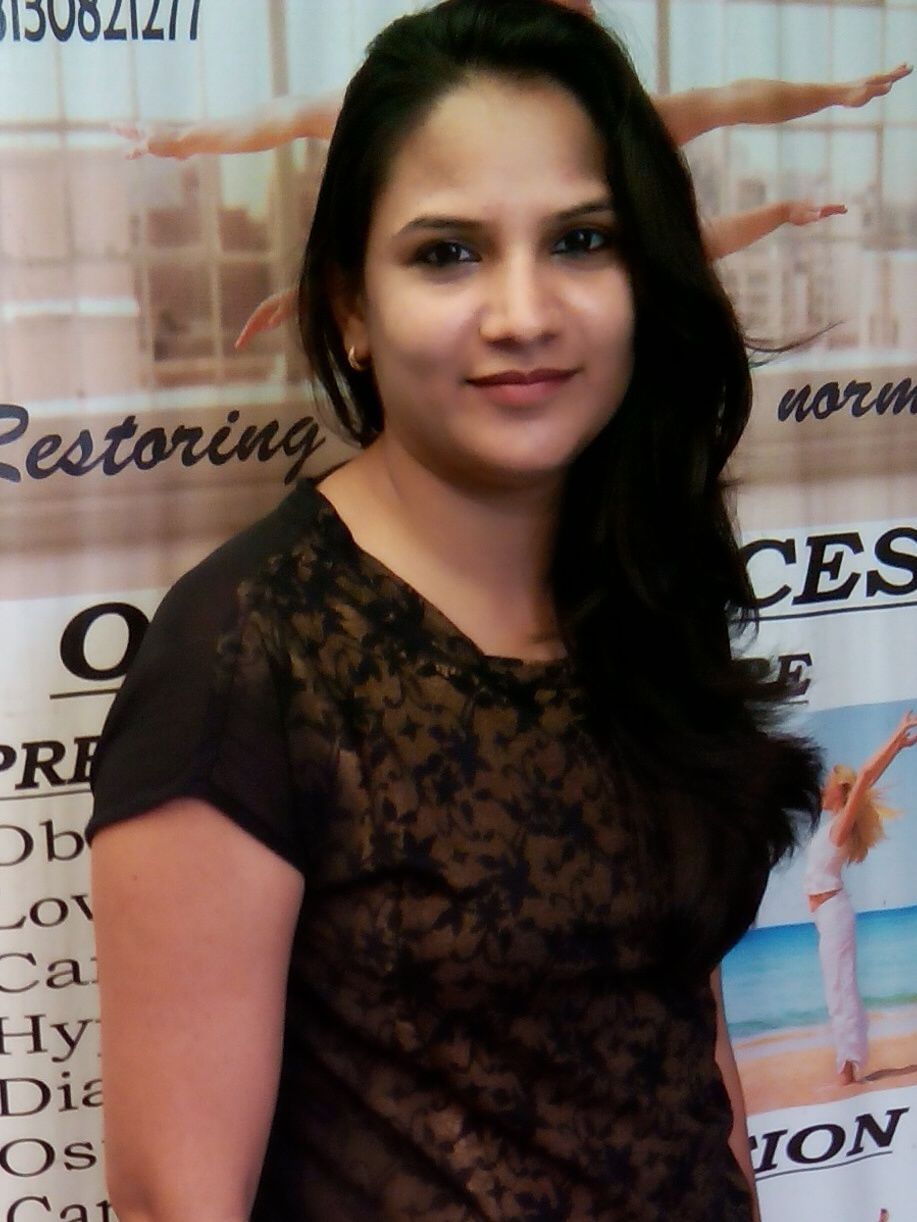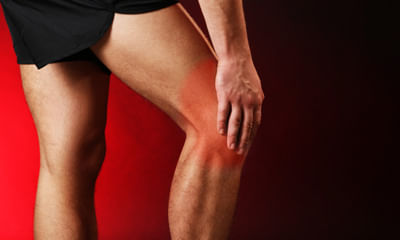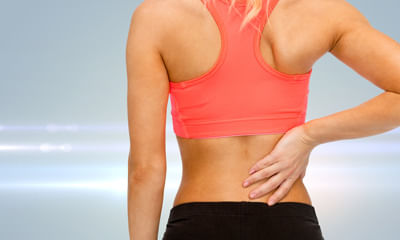Get the App
For Doctors
Login/Sign-up
Health Feed
Find Doctors
Health Packages
AllQ&AsTipsQuizzes
Spine Mobilization Health Feed
Asked for male, 37 years old from Hyderabad
Share
Bookmark
Report
Your husband's Problem sounds to be a Disc Problem, with probably Lumbar Canal Stenosis which is impinging the Nerves passing by involved vertebrae.
Unless an Excellent Physiotherapy Management is tried, it's not recommended to go for Surgery.
I recommend you to visit a Qualified Orthopedic Physiotherapist Specialised in Manual Medicine for optimal solution along with a good Dietitian if you visit, because diet along with Exercises helps immensely in keeping the Discs and Nervous System ...more
Unless an Excellent Physiotherapy Management is tried, it's not recommended to go for Surgery.
I recommend you to visit a Qualified Orthopedic Physiotherapist Specialised in Manual Medicine for optimal solution along with a good Dietitian if you visit, because diet along with Exercises helps immensely in keeping the Discs and Nervous System ...more
Last Updated: 8 years ago• Featured Tip
Share
Bookmark
Report
The shoulder is a vulnerable joint in the upper body. Your shoulder joint becomes vulnerable to imbalances in the muscles as it is strongly supported by them. Bad posture, especially hunched posture, leads to tensions in muscles. This leads to chronic shoulder problems.
Here are six stretches you can do to improve mobility in your shoulder:
Thoracic spine roll-out with shoulder flexion: Put a foam roller underneath your shoulder blades after lying down on the floor. The foam ro...more
Here are six stretches you can do to improve mobility in your shoulder:
Thoracic spine roll-out with shoulder flexion: Put a foam roller underneath your shoulder blades after lying down on the floor. The foam ro...more
Asked for Male, 24 years old from Bhind
Share
Bookmark
Report
Physiotherapy is good along with vit D3 and Calcium suppliments, also neurobion inj every alternate day for 10 days.
315 people found this helpful
Asked for female, 21 years old from Kolkata
Share
Bookmark
Report
Hello.
See Physiotherapy is best. Advising not as a Physiotherapist but without getting biased. As, the issue can be taken care by first reducing pain and subsiding other issues. After that we focus on gaining muscle strength.
It do takes time but is effective nd safe.
Regards!
See Physiotherapy is best. Advising not as a Physiotherapist but without getting biased. As, the issue can be taken care by first reducing pain and subsiding other issues. After that we focus on gaining muscle strength.
It do takes time but is effective nd safe.
Regards!
176 people found this helpful
Asked for male, 24 years old from Navi Mumbai
Share
Bookmark
Report
It looks like you are anaemic. If you have back pain after you sit for long hours then it is due to your haemoglobin levels as it is important to check that. Anaemia always leads to the symptoms of being tired and also having back / leg pain though there may not be any pathological reasons for back pain. It looks like you are anaemic. And also you have to check with your vitamin and calcium, if the bones are weak then automatically the pain gets triggered more as there is less energy during any ...more
Asked for male, 25 years old from new delhi
Share
Bookmark
Report
Hi lybrate-user, this is because of imbalance of yours muscles, do some following exercises will great help you to recover this condition like -
quadriceps stretch
hip flexor stretch
child pose stretch
cat & camel exercise
bridging exercise
glute kick back exercise
or can contact with near by physiotherapist.
quadriceps stretch
hip flexor stretch
child pose stretch
cat & camel exercise
bridging exercise
glute kick back exercise
or can contact with near by physiotherapist.
17 people found this helpful
Asked for male, 24 years old from Bhubaneswar
Share
Bookmark
Report
Health Query
Share
Bookmark
Report
Kyphosis is the technical name for having a hunched back that is not remedied by naturally straightening the back. Of course we all get lazy at times and slouch to the point it appears we are hunchbacked; however, kyphosis is a condition in which an individual has an exaggerated thoracic curve and rounded shoulders. This is a condition that is on the increase.
There are causes to this condition with the two most common causes being poor posture and muscular imbalances. When caused by poor po...more
There are causes to this condition with the two most common causes being poor posture and muscular imbalances. When caused by poor po...more
Asked for male, 38 years old from Jhajjar
Share
Bookmark
Report
Physiotherapy with neuro treatment by neurologist is the way. For that you can find good rehabilitation center near you.
10 people found this helpful
Health Query
Share
Bookmark
Report
This exercise will strengthen the extension muscles in the upper back.
How to do it: lie face down with your head lifted off the floor. Your lower back needs to be slightly hyper-extended. Stretch your arms straight out in a y position with your thumbs pointing up. Pull your arms back in an arc until your hands are in a ‘handcuff’ position. Slowly reverse your arms until you’re at the start. Repeat 2 or 3 times.
•wall sliding (wall angels)
this exercise will strengthen the scapular r...more
How to do it: lie face down with your head lifted off the floor. Your lower back needs to be slightly hyper-extended. Stretch your arms straight out in a y position with your thumbs pointing up. Pull your arms back in an arc until your hands are in a ‘handcuff’ position. Slowly reverse your arms until you’re at the start. Repeat 2 or 3 times.
•wall sliding (wall angels)
this exercise will strengthen the scapular r...more
17 people found this helpful
Health Query
Share
Bookmark
Report
Bad posture can contribute to the severity and appearance of pectusexcavatum. Strengthening your postural muscles can help. Because we often work on our front body — especially when strengthening our chest to help with pectusexcavatum — this exercise will help balance your body by strengthening your posterior chain — those muscles on the back of the body.
1.Lie on your stomach on a mat with your arms extended in front of you and your forehead resting on the ground.
2.As you inhale, lift ...more
1.Lie on your stomach on a mat with your arms extended in front of you and your forehead resting on the ground.
2.As you inhale, lift ...more
35 people found this helpful
Last Updated: 3 years ago• Featured Tip
Share
Bookmark
Report
1. Dr. Jitender pal singh
Https://www. Lybrate. Com/delhi/doctor/dr-jitender-pal-singh-orthopedist
Mbbs, Ms. - (orthopedics)
12 years of experience, rs. 600 in clinic, rs. 400 online
Dr. Jitendra pal singh is a renowned orthopedist who treats patients suffering from chronic pain, injuries to the hip, ankle, and knee, as well as a number of other disorders. At the moment, he is employed at the bone and joint clinic, which is located in the punjabi bagh neighbou...more
Https://www. Lybrate. Com/delhi/doctor/dr-jitender-pal-singh-orthopedist
Mbbs, Ms. - (orthopedics)
12 years of experience, rs. 600 in clinic, rs. 400 online
Dr. Jitendra pal singh is a renowned orthopedist who treats patients suffering from chronic pain, injuries to the hip, ankle, and knee, as well as a number of other disorders. At the moment, he is employed at the bone and joint clinic, which is located in the punjabi bagh neighbou...more
Health Query
Share
Bookmark
Report
1.bridge
lie flat on your back with your legs bent and your feet flat on the floor and hip-width apart, arms by your sides.
Push your heels into the floor as you lift your pelvis up off the floor until your upper body and thighs form a straight line.
Hold for 2 seconds, lower down slowly, and repeat 8 to 12 times.
2.squats
place your feet shoulder-width apart, toes pointing forward.
Lower yourself to a sitting position until your thighs are parallel to the floor. Make sur...more
lie flat on your back with your legs bent and your feet flat on the floor and hip-width apart, arms by your sides.
Push your heels into the floor as you lift your pelvis up off the floor until your upper body and thighs form a straight line.
Hold for 2 seconds, lower down slowly, and repeat 8 to 12 times.
2.squats
place your feet shoulder-width apart, toes pointing forward.
Lower yourself to a sitting position until your thighs are parallel to the floor. Make sur...more
24 people found this helpful
Asked for female, 61 years old from Mumbai
Share
Bookmark
Report
I cannot prescribe about medicines as I am a physiotherapist however you can do exercises for the upper limb ie. Elbow and finger. In general during the recovery phase the upper limbs will automatically go for tightness / spasticity.
5 people found this helpful
Book appointment with top doctors for Spine Mobilization treatment
View fees, clinic timings and reviews
Ask a free question
Get FREE multiple opinions from Doctors
posted anonymously


